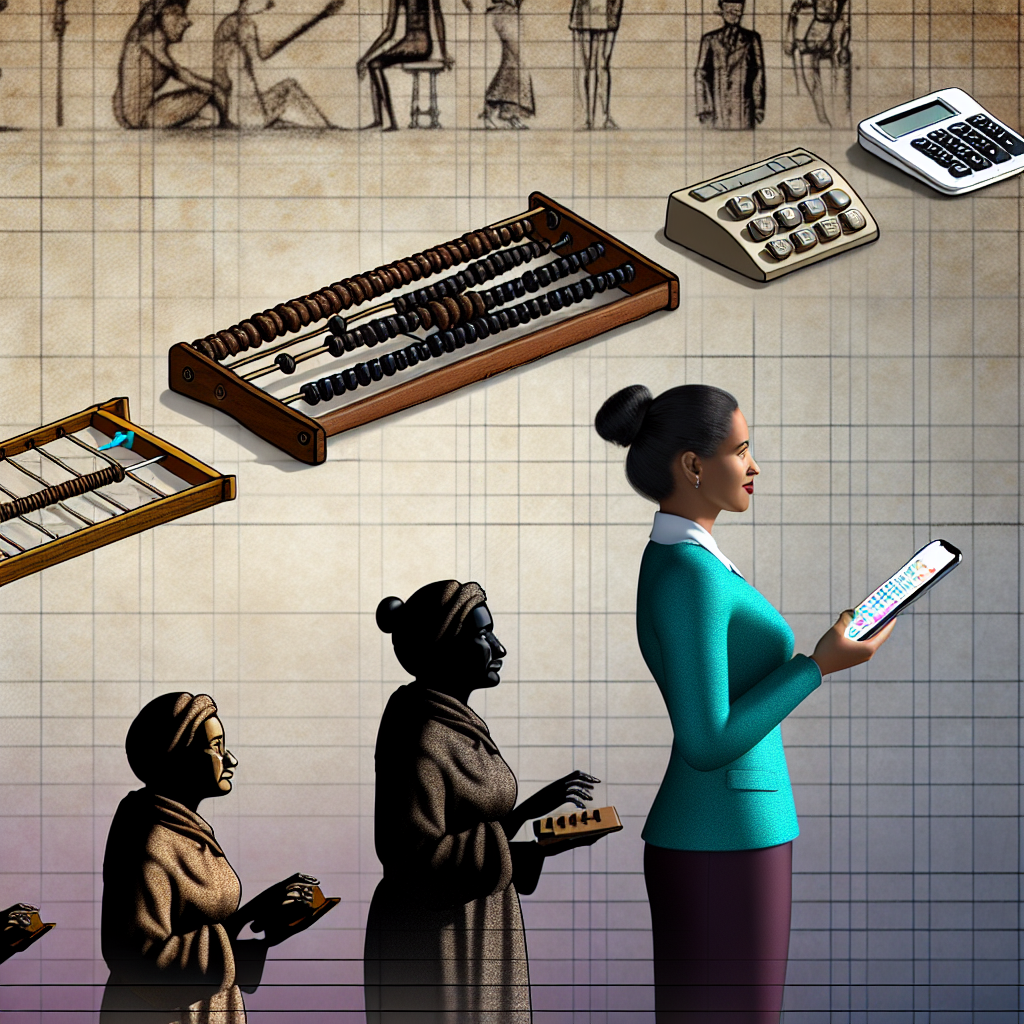The calculator has evolved significantly since its early beginnings. This article explores the journey from ancient tools like the abacus to today’s sophisticated smart devices.
1. The Abacus: The First Calculator
Dating back to as early as 3000 BC, the abacus is one of the first known calculating tools. Used in various cultures, it consists of a frame with rods that hold beads. The position of the beads on the rods represents numbers, allowing users to perform arithmetic operations efficiently.
2. Mechanical Calculators: The Birth of Complexity
By the 17th century, mechanical calculators began to emerge. Inventors like Blaise Pascal and Gottfried Wilhelm Leibniz created devices that could perform basic calculations through gears and levers. These machines paved the way for more advanced mechanical calculators, which became popular in the 19th century.
3. Electronic Calculators: A Revolutionary Shift
The introduction of electronic calculators in the 1950s marked a significant advancement. Using transistors and later integrated circuits, these devices became smaller, faster, and more efficient. The first handheld electronic calculator, the Cal-Tech 101, appeared in 1967, bringing calculation power directly to users’ palms.
4. Programmable Calculators: Expanding Functionality
In the 1970s and 1980s, calculators evolved once again with the advent of programmable models. These allowed users to execute complex algorithms, making them invaluable tools in education and engineering. Brands like Texas Instruments and Hewlett-Packard became leaders in this innovative segment.
5. Graphing Calculators: Visualizing Data
The late 1980s saw the rise of graphing calculators, which enabled users to plot functions and visualize data on-screen. This opened new doors for students and professionals, allowing for a better understanding of mathematical concepts. The TI-82 and similar models became staples in classrooms around the world.
6. The Smart Revolution: Calculators in Smartphones
As technology advanced further, the introduction of smartphones revolutionized the way we perform calculations. Built-in calculator applications and powerful computing capabilities make smartphones versatile tools for students and professionals alike. With features like scientific and graphing functions available at our fingertips, traditional calculators have found a new status.
7. Future Trends: AI and Beyond
The future of calculators looks promising, with innovations such as artificial intelligence poised to change how we understand and perform calculations. As technology continues to develop, we can expect smarter devices that not only calculate but also analyze and predict outcomes based on user inputs.
Conclusion
The evolution of calculators from simple abacuses to advanced smart devices illustrates the incredible advancements in technology over the centuries. Each stage in this progression has not only enhanced our calculations but also transformed how we learn and engage with mathematics.





